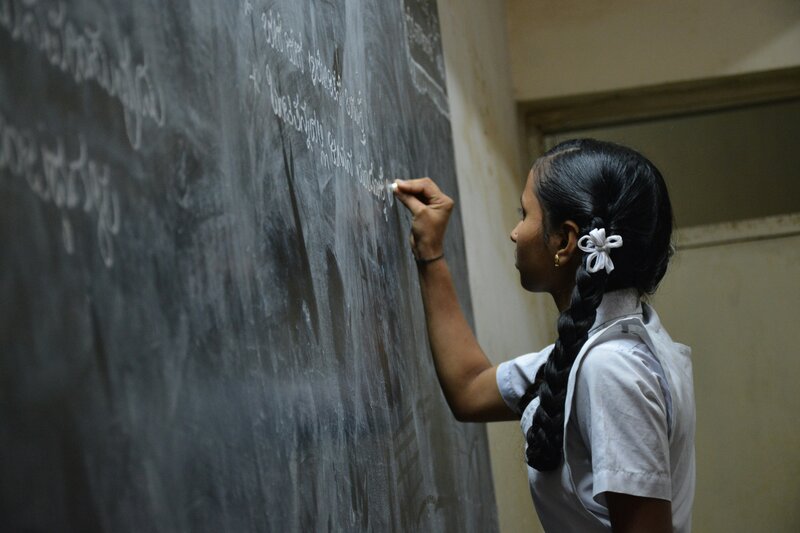The Loss of Linguistic Diversity

Linguistic diversity faces increasing threats as more languages vanish. Currently, 40% of the global population lacks access to education in their native language, a figure that exceeds 90% in certain regions (https://www.un.org/en/observances/mother-language-day)
The loss of linguistic diversity is indeed a significant concern, and it can have profound implications for cultural heritage, knowledge systems, and social cohesion. When languages vanish, unique ways of thinking, cultural practices, and traditional knowledge can be lost. Additionally, the extinction of languages often accompanies the loss of biodiversity, as indigenous languages are closely tied to local ecosystems and the traditional knowledge of sustainable practices.
The statistic mentioned, where 40% of the global population lacks access to education in their native language, with even higher percentages in certain regions, highlights a critical issue. Access to education in one’s native language is crucial for effective learning and overall development. It facilitates a deeper understanding of concepts and allows individuals to fully participate in their communities and societies.
Efforts to preserve linguistic diversity and promote education in native languages include:
- Supporting language revitalization programs
- Documenting endangered languages
- Integrating linguistic diversity into educational policies
Such initiatives can contribute to maintaining the richness of human cultures and ensuring that knowledge is passed down through generations. Global collaboration and awareness are essential to address these challenges and foster a more inclusive and linguistically diverse world.

Leave a Reply